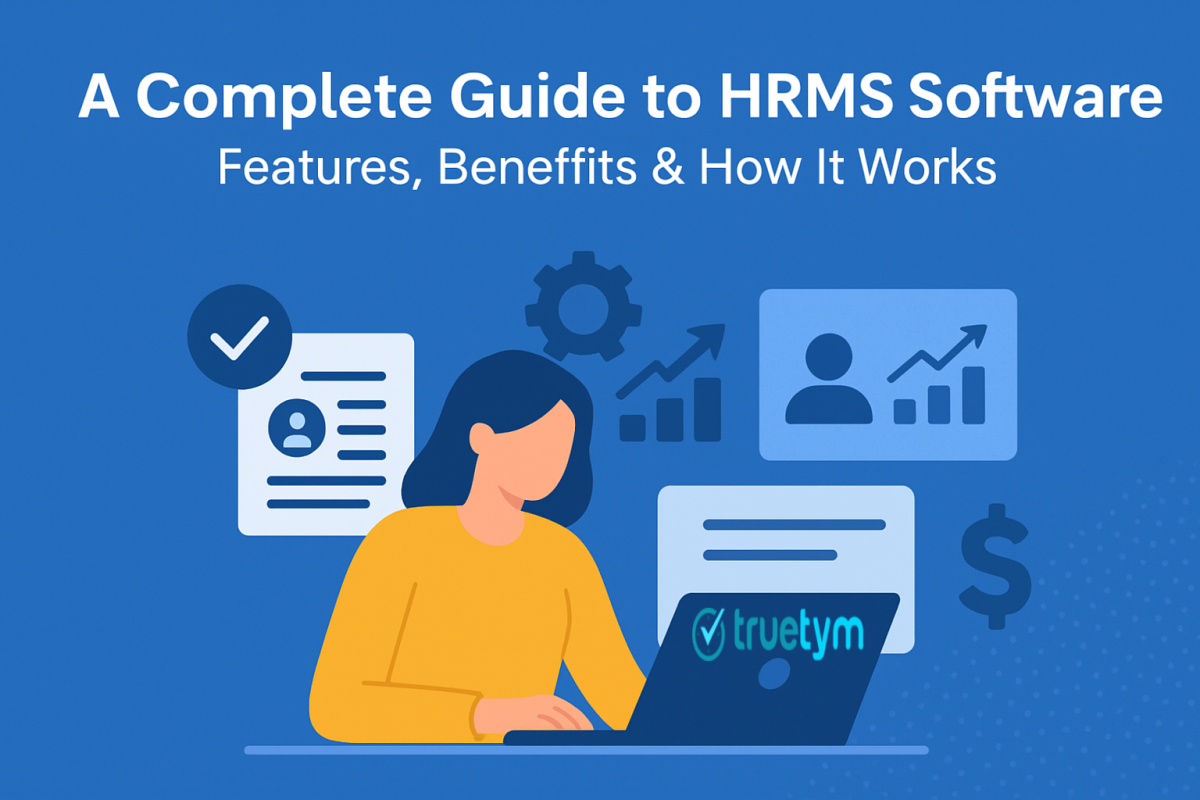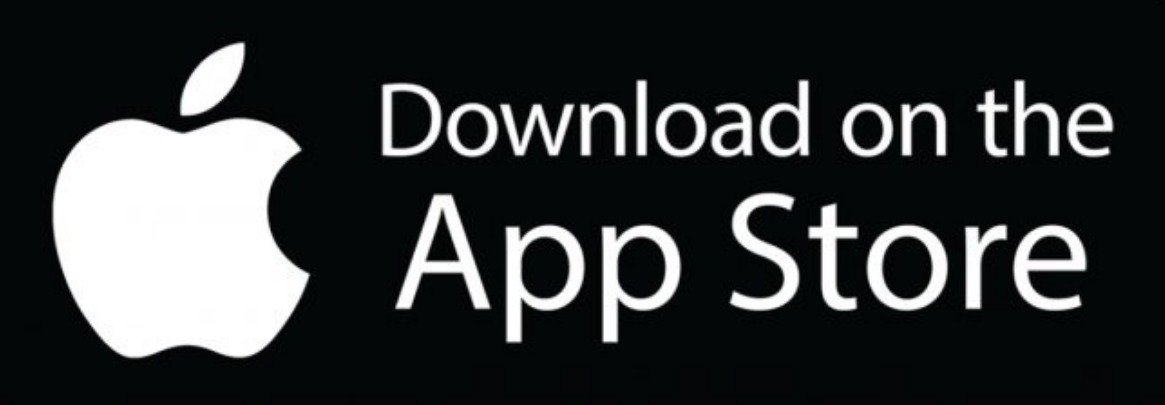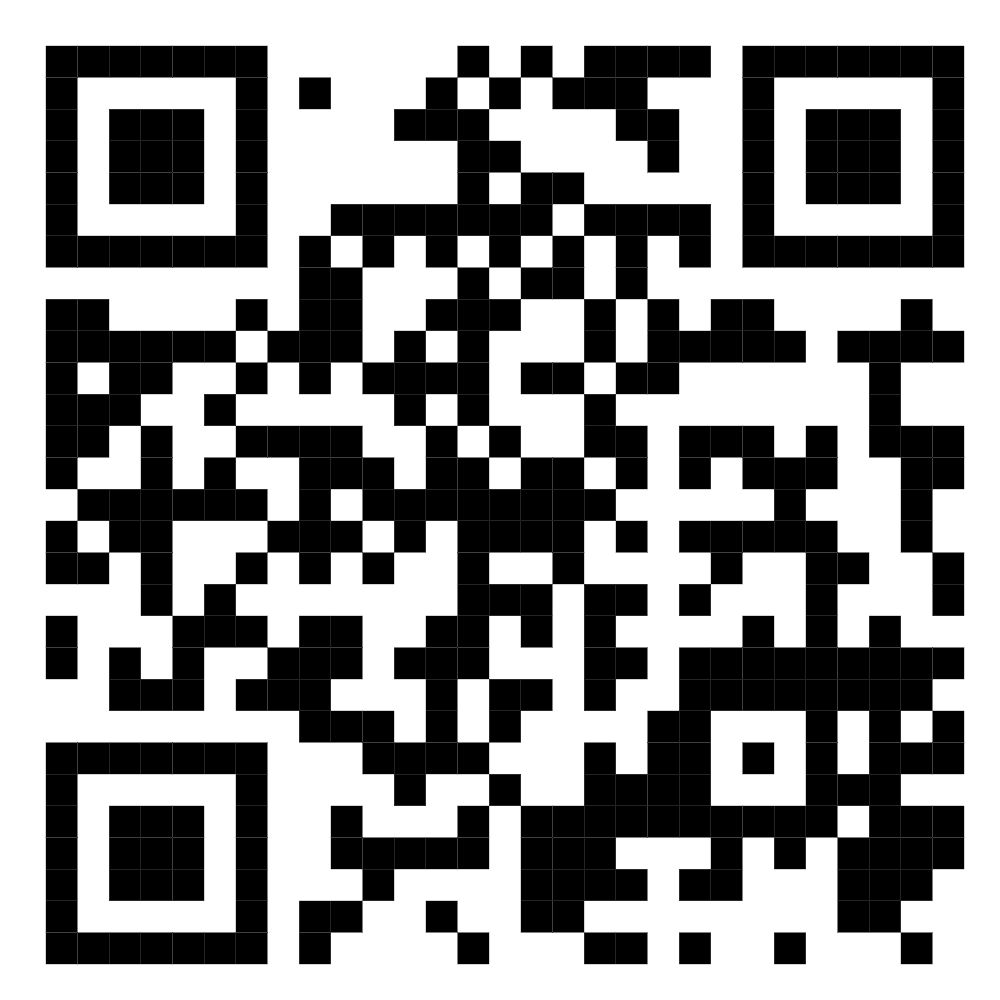A Complete Guide to HRMS Software: Features, Benefits & How It Works

Managing people is one of the most important parts of running a successful business. But as teams grow, rules change, and work speeds up, many companies turn to HR software to make things easier. HRMS, or Human Resource Management Software, is a digital tool that stores and manages everything about your employees—like payroll, attendance, recruitment, and more—all in one place.
In 2025, HR software isn’t just a nice-to-have; it’s a must-have for staying organized and efficient. It works by automating everyday HR tasks and linking different processes like hiring, training, and performance tracking. Whether you’re trying to understand the difference between HRMS and HCM, or looking for a system that can grow with your business, knowing how HRMS works can help you choose the right one. In this guide, we’ll cover what HRMS is, how it works, and why it’s a smart investment for businesses today.
What is HRMS Software?
An HRMS (Human Resource Management System) is a digital solution designed to manage, streamline, and automate core HR processes. It combines various HR functions into a single platform—reducing paperwork, improving accuracy, and saving time.
Typical functions of HRMS include:
- Attendance and leave management
- Payroll processing and compliance
- Employee data management
- Performance tracking and appraisals
- Shift scheduling and workforce planning
- Recruitment and onboarding
- Employee self-service portals
Key Features of HRMS Software
HRMS software offers a range of features that make HR work faster, easier, and more accurate. Whether you handle a small team or manage hundreds of employees, these tools help simplify daily tasks, reduce errors, and save time. Below is a table showing some of the most popular and useful features found in today’s HR management systems.
1. Attendance & Time Tracking
Track employee attendance with biometric devices, GPS, or geofencing. Automate late marks, half-days, and overtime calculations.
2. Payroll & Compliance
Automate salary processing, tax calculations, and statutory compliance like PF, ESI, and TDS, ensuring error-free payroll every month.
3. Shift Scheduling
Easily create, manage, and update employee shifts while ensuring optimal staffing for each department.
4. Employee Self-Service (ESS)
Allow employees to apply for leaves, view payslips, update personal details, and check attendance from anywhere.
5. Analytics & Reporting
Gain insights into workforce productivity, absenteeism patterns, and payroll expenses through detailed reports.
Benefits of Using HRMS Software
An HRMS can be a game-changer for businesses. Here’s why:
- Time Savings:
- Accuracy:
- Compliance:
- Employee Satisfaction:
- Scalability:
Automates repetitive HR tasks so your team can focus on strategic goals.
Minimizes manual errors in payroll, compliance, and data entry.
Keeps you updated with changing labor laws and regulations.
Provides transparency and easy access to HR services.
Adapts to your growing business needs without major system changes.
How to Choose the Right HRMS for Your Business
Choosing the right HR software can transform the way you manage your team. A reliable HRMS saves time, reduces mistakes, and keeps you compliant with changing regulations. Whether you run a small business or a large company, it can simplify daily operations and enhance the employee experience. Take the time to find a solution that fits your needs—and when you’re ready, explore a demo to see how modern HRMS can benefit your business.
- Features:
- Ease of Use:
- Integration:
- Scalability:
- Pricing:
Consider the following:
Does it offer attendance, payroll, compliance, and mobile access?
Is the interface user-friendly for HR staff and employees?
Can it integrate with accounting software, biometric devices, or ERP systems?
Will it support your business growth over the next 3–5 years?
Is it within budget while offering a good ROI?
Why an HRMS System Matters in 2025
In 2025, businesses need smarter, faster ways to handle their workforce. That’s where HRMS software comes in. It automates repetitive HR tasks, reduces errors, and keeps you compliant with changing laws.
While HRMS focuses on core functions like payroll, attendance, and compliance, HCM (Human Capital Management) often includes broader features like talent management and employee development.
The real value of HRMS lies in saving time, improving accuracy, and freeing up HR teams to focus on people instead of paperwork. In short, it makes business operations smoother and employees more satisfied.
HRMS Trends in 2025: What’s Shaping the Future of HR Technology
The year 2025 is bringing big changes to the way businesses manage their workforce. HRMS software is evolving with smarter features, better user experiences, and tools that help HR teams work faster and make better decisions. From AI-driven insights to mobile-first solutions, the latest HRMS trends are all about improving efficiency, accuracy, and employee engagement.
Some key trends to watch in 2025 include:
- AI and Automation: Predict employee needs, automate repetitive tasks, and improve hiring accuracy.
- Mobile-First HR:
- Cloud-Based Solutions:
- Employee Experience Focus:
- Data-Driven HR:
Manage payroll, attendance, and approvals anytime, anywhere.
Scale your HR system easily without heavy IT costs.
Tools for feedback, wellness, and engagement are becoming standard.
Advanced analytics for better decision-making and workforce planning.
HRMS software is no longer a luxury—it’s a necessity for businesses that want to stay competitive. By automating repetitive tasks, ensuring compliance, and empowering employees with self-service tools, HRMS not only saves time and money but also enhances overall productivity.
If your business is ready to take HR management to the next level, investing in the right HRMS could be your smartest move this year.



